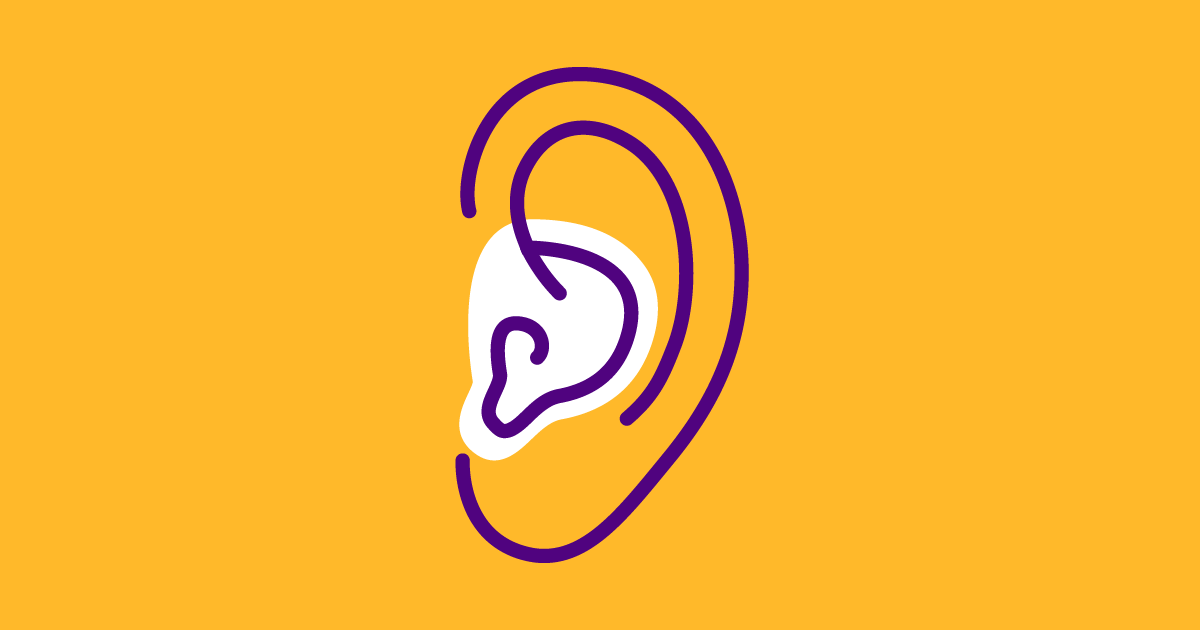Have you discussed your end-of-life preferences with your family? When facing a terminal illness, do they know if you’d prefer heroic interventions and treatment or comfort care through hospice?
The majority of Americans don’t have these important conversations. According to KFF, 69% of American adults avoid talking about their preferences for end-of-life care.
In order to better prepare and educate you on the important topic of end-of-life care, here are five things you should know about hospice.
1. Hospice care is different than home health care
Although many home-based care companies, like Enhabit Home Health & Hospice, provide both home health and hospice services, they are not the same type of care.
Home health is designed to meet patients where they are. Whether it’s recovering from a surgery or recent hospital stay, or managing a disease or injury, home health helps patients achieve what’s most important to them in the comfort of home.
While home health care focuses on treatment and outcomes, hospice is a philosophy of care that is more about comfort.
The purpose of hospice care is to focus on and increase the quality of life for people facing a terminal illness, allowing patients to receive end-of-life care that is consistent with their wishes. This is often done through comfort measures and pain and symptom management.
2. Hospice care is provided wherever a patient calls home
One of the benefits of hospice care is that it allows a patient to receive care in the comfort of their homes. But what if that patient lives in an assisted living facility, long-term care facility (nursing home) or their family member’s home?
That’s another thing you should know about hospice. No matter the setting, hospice is about providing a quality end-of-life experience to terminally ill patients.
The hospice care team will coordinate with existing caregivers and ensure there is care and support for the family wherever the patient calls home.
The level of care needed may affect how you or a loved one receives hospice care, however. There are four different levels of hospice care to be aware of.
These levels of care are:
- Routine: The most common level of care provided in your home setting through routine, scheduled visits with your hospice care team.
- General inpatient: Crisis-like short-term care provided at an inpatient facility when pain and symptoms cannot be adequately managed at home.
- Inpatient respite: Short-term care provided outside of the home so that the patient’s caregiver, family member or friend can have a break from their caregiving duties.
- Continuous crisis care: Round-the-clock care that is provided in times of pain or symptom crisis in order to keep the patient at home.
Still need more information about the different levels of hospice care? Click here.
Additionally, it’s important to know that hospice care is available 24/7. This may mean a nurse is always available to contact, but it doesn’t necessarily mean a nurse is always at the patient’s home providing continuous care.
Each patient’s situation and level of care is different. You should discuss with your hospice provider the type of care intensity you or a loved one may need.
3. Hospice care creates a plan personalized for the patient
Just because a patient chooses hospice care doesn’t mean they will stop receiving any and all medical attention or care.
Although hospice doesn’t aim to treat a terminal illness, you should know that the goal of hospice is to manage all pain and symptoms whether through medication, counseling, personal care or access to community resources.

Medicare-covered hospice services include:
- Interdisciplinary care team
- Pain relief and symptom management
- Medications related to terminal illness
- Medical, nursing and social services
- Durable medical equipment (DME)
- Aide and homemaker services
- Spiritual care for patients and loved ones
4. The hospice team takes an interdisciplinary approach
You should know that in hospice care, there is not just one person who provides all the care a patient may need.
The hospice care team is made up of many different experts in their fields. Each team member comes together to provide interdisciplinary care, meaning different focuses of care ranging from varying fields and areas of expertise.
When different disciplines work together, they are able to provide the patient and their loved ones with comprehensive care that addresses every physical, psychological, emotional or spiritual need.
At Enhabit, the hospice care team is made up of:
- Attending physicians: Direct the patient’s plan of care and coordinate with the rest of the interdisciplinary care team. This may be a physician from the community chosen by the patient or caregiver or the hospice medical director.
- Medical directors: Oversee and manage a patient’s plan of care with responsibility for the overall care delivered by the interdisciplinary team.
- Nursing staff: Assesses needs of the patient and coordinates care with other members of the hospice team while providing disease management education to caregivers and following a customized plan of care in pain and symptom management.
- Social workers: Assess emotional, social and financial needs of patients and their families and offer direct counseling, bereavement support and referrals to appropriate community resources.
- Chaplains: Recognize spiritual needs and provide counseling.
- Therapists: Collaborate and assist with comfort needs related to decreasing functional ability while evaluating and providing solutions for safety concerns in the home, if needed.
- Bereavement specialists: Offer bereavement services to the patient’s loved ones.
- Hospice aides: Provide personal care, comfort measures and emotional support.
- Volunteers: Offer companionship and provide day-to-day non-medical assistance to the patient and family.
5. Hospice is not just for the patient
The last thing you should know about hospice is that the benefits of hospice extend far beyond increasing a patient’s quality of life as they near the end of life. Hospice care provides bereavement services for the family beginning as soon as a patient chooses hospice and for up to 13 months after the patient’s passing.
Bereavement services include:
- Personalized memorial services
- Frequent communication with family and friends
- Grief counseling
- Healing resources for loved ones
Enhabit is dedicated to providing a better way to care not only to our patients, but to their families and caregivers as well. We can provide customized support to fit your specific needs to help you and your loved ones through your journey.
To learn more about Enhabit’s hospice services, contact us today.
Social Share
At Enhabit our patients are our number one priority. From providing the latest medical practices to building deep personal connections, we’re focused on upholding every patient’s dignity, humanity and sense of control on their health care journey.
Home health
Our home health services give patients access to the care they deserve in the comfort of their own homes. From disease and injury management to recovery from surgery, our clinicians help patients confidently achieve their healthcare goals.
Hospice care
Our hospice care services place importance on the comfort of every patient living with a terminal illness. Our caring professionals are dedicated to providing not just physical care, but spiritual and emotional support to every patient and their loved ones.

 Back to Resource library
Back to Resource library




